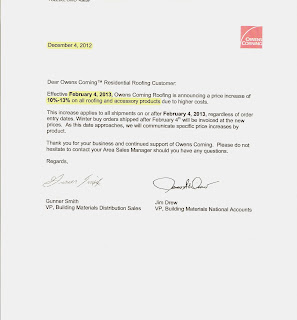Why are you thinking about replacing your roof? Is it curling, buckling, losing large amounts of granules? Are you finding shingles or parts of them in your yard? Are you experiencing significant ice damming? Is the roof leaking?
Even if you are not seeing staining and water drips in your ceilings, your roof may be leaking. Small amounts of water may be saturating your roof deck each and every time it rains. Not only does this result in mold and create a haven for carpenter ants, it also causes rot and decay. Once rot starts, it is like cancer, spreading uncontrolled until it is surgically removed. Replacing a plank or plywood deck can add thousands of dollars to the cost of a roof project. Once the rot gets into the rafters, the costs go up exponentially.
A shingled roof is not meant to be water proof. How could it be? It has thousands of holes punched through it. Roofs are meant to shed water in a predictable fashion. Once the shingles start deteriorating, nails underneath become exposed to the elements, allowing for water penetration.
Your roof is one of the most important components of your home. It protects your entire investment, not to mention everything you own and every one you love. If your roof is showing signs of deterioration, don't hesitate. Get it taken care of by a reputable company as soon as possible. Either that, or plan a lot bigger budget for the project.








